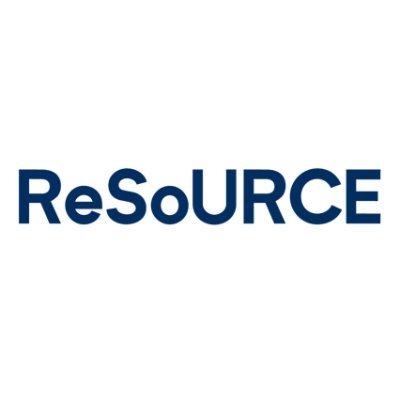A special TEA from Britain

CPI, the Centre for Process Innovation, is a leading independent technology innovation centre and a founding member of the UK Government’s High-Value Manufacturing Catapult. Bringing together academia, businesses, government and investors to translate bright ideas and research into commercial products, is our main focus. In the project ReSoURCE, we collaborate with RHI Magnesita and other partners within the consortium to generate a model of the complete Secondary Raw Materials (SRM) refractory recycling process. Our goal is to determine the economic viability and environmental impact of the SRM recycling process, this is called a Life Cycle Assessment and Techno-economic Analysis.
A life cycle assessment is an environmental impact assessment that considers the entire life cycle of a product or service from raw material extraction all the way through to its end of life. This often means companies must look both upstream and downstream of their own processes. As an environmental study, there are multiple impacts that ought to be considered regarding refractory brick recycling, including climate change (or carbon footprint), resource use, land use, eutrophication, ecotoxicity and many more. Such analysis allows the hot spotting of stages on a product or process’ life cycle for high environmental impact and comparison between different processes to ensure new methods are put in place sustainably.
To understand the economic impact of the new SRM process, we – as you might expect from us Brits – use TEA. In this case though, TEA is an abbreviation for Techno Economic analysis. This is a review of a manufacturing process looking at the costs involved including raw materials, equipment purchases and overall operational costs such as energy requirement and staffing levels. It allows us to identify the parts of the process that contribute the most to the overall costs or inefficiencies of running the recycling process and helps these areas to be focused on for improvement.
As other blog posts have pointed out, there are a vast array of refractory materials used each with different compositions, impurities and rates of degradation or change based on their use. This means that when these materials are considered for recycling the required processing steps will not always be the same. Initial composition, type and level of impurity as well as material condition when they arrive at the recycling plant all contribute to these processing requirements. Initial analysis of the material is used to identify what must be done in order to turn the spent materials into useful secondary raw materials.
We are currently working closely with other consortium partners, particularly RHI Magnesita, and researching existing literature to understand the range and composition of spent refractory feed stocks and the differing processing steps that each will require. This will allow a simulation to be generated that maps the existing recycling process to give a base-line which future project work can be compared against.
Author’s Portrait
James Condliffe
Mr James Condliffe graduated from the University of Nottingham with a Masters in Chemical Engineering. He is a Research Engineer at CPI and part of the project ReSoURCE WP2 team to lead the Life-cycle Assessment (LCA) delivery.
Author’s Portrait
David Rae
Mr David Rae is a Senior Process Engineer at CPI, leads and oversees the technical delivery for the project ReSoURCE WP2 and focuses on the Techno-economic Analysis delivery.
Author’s Portrait
Baijia Tang
Dr. Baijia Tang graduated from the University of Hull with a PhD in chemistry. He is a Project Manager at CPI, oversees the operational delivery and coordinates the part of project ReSoURCE assigned to CPI with RHI Magnesita and other partners.
Partner

